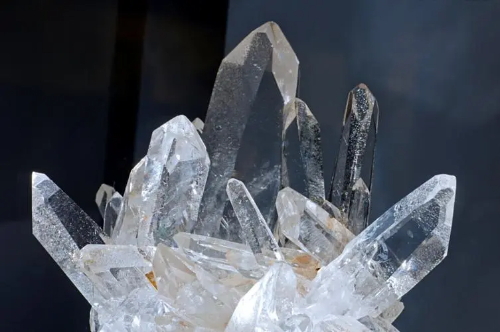Commercialization of Liquid Metal Battery Underway
The use of renewable energy is expected t be the future of sustainable energy sources, which has seen increased investments in more reliable energy sources. Ambri has made plans to unveil major archetype liquid metal battery grid-scale system for energy storage. This system is set to allow extensive use of renewable power generation including solar and wind. Nuvation engineering, a renowned company developing electronic products helped Ambri in the development, customization and scaling up the system of battery management with the aim of cutting power prices and increasing the reliability of the system.
Liquid metal battery is an innovative technology offering new solutions that is easily available on commercial basis compared to other storage technology in development today. Don Sadoway, a professor in material science in MIT, invented the core technology for the liquid metal battery. The professor used a technology called Reversible Ambipolar Electrolysis. Modern electrometallurgy and aluminum smelter and their economy-of-scale inspired him, and he has since obtained funding from different ventures including MIT, Bill Gates, Toatal and Khosla ventures. The innovative battery has numerous applications electric power systems including integration of renewable resources, improving reliability and cost reduction.
By the time Nuvation was approached by Ambri for product development, the process had advanced to a stage where there was a capacity to construct and run larger systems. This has called for a closely resembled BMS to be set out in the field. Nuvation has helped Ambri with engineering technology, BMS expertise, and electronic design. It also brought about a structured approach and required experience for development of a liquid metal battery especially the BMS needs. Clearly, development of innovative technology relies on strategic alliance and collaboration. Specifically, they offered a BMS with a capacity to join diagnostic functions and standard monitoring to deliver an off-shelf BMS. This kind of off-shelf BMS has a flexibility to examine a range of configurations as well as cell interactions.
According to Ambri, so far the development cells have an achievement of DC-to-DC competence of 80% standing at a 5-hour charge/discharge rate as well as an AC-to-AC efficiency of between 70 to 75 per cent. The battery comprises of various earth-abundant materials. It is designed to offer power solutions at very low cost to areas facing a challenge of irregular power availability but have wind and solar supply. The company is currently working on a plant that can generate 20kw-hr, and is set to expand to 35kw-hr by 2015. In the future, Ambri intends to build a system that can achieve 200kw-hr cubic meters.




